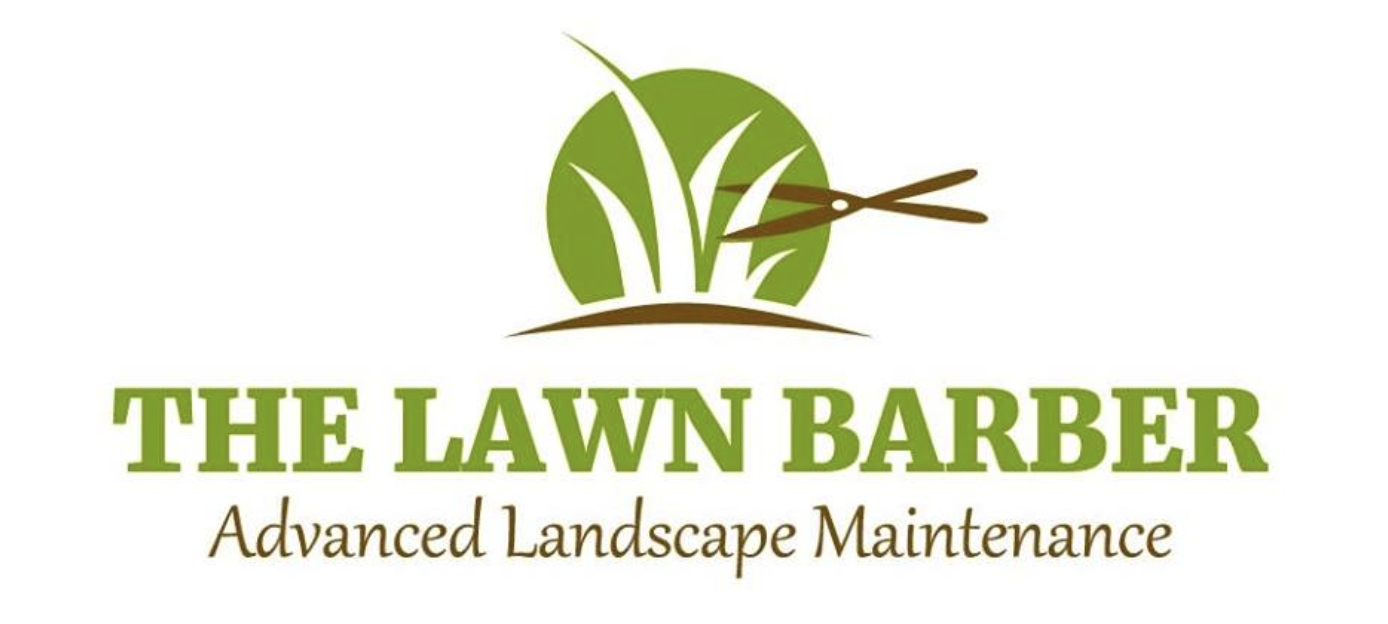Follow Us x
Fall Lawn & Landscaping Checklist
Serving Northern Colorado Communities for over 15 years. Contact us to get a quote, today!
Landscaping and Lawn Care Fall Checklist
Temperatures are finally dropping (along with bushels of leaves), and that means it's time for fall lawn care. That means cleaning up the yard and prepping your lawn and garden for next year's springtime growth.
In fall, aboveground growth is slowing down in response to the cooler temperatures. Still, the moist soil below is feeding strong root development. While the best dethatching time is early spring, doing it in fall will help the roots develop even further. Those roots need the nutrients from rain all year long. Thatch tends to hold the water above the surface, where it eventually runs off or evaporates without feeding the lawn.
And fall is also the time to trim dead limbs from shrubs and trees. Be sure to remove all the debris that gathers on the ground as you work. A cleared lawn means healthier lawn conditions as the seasons change. (TIP: you can safely trim your own bushes and shrubs if you like to do that, but for bigger trees, call in the pros.)
Time to Aerate and Fertilize
Fall is also a good time for aerating your lawn. Like dethatching, aeration helps minimize rainfall pooling on the surface of the grass instead of reaching the roots. The cool season is also a good time to fertilize your lawn to encourage root growth. This will help the turf green up earlier when spring arrives. On the other hand, your perennial plants are winding down at summer's end. Don't bother fertilizing them - it will waste energy on leaf production.
You do want the lawn to have one more good trim - shorter grass has a better chance of resisting disease as it overwinters. And falling leaves will find fewer places to get caught and stuck in shorter grass. Don't cut below 1.25 inches, though, because grass makes most of its food in the upper blade.
Early fall is also a good time to plant next year's shrubs. The roots can start getting established in the cool, moist soil. By spring, they will be ready to leaf out beautifully. Talk with your landscaper about best shrubs for your specific garden and climate.
Remove Dead Annuals and Garden Pests
And while you're thinking about the garden, pull up the dead annuals. Plus, get rid of snails and slugs that feed and breed in the fall on those tired old plants. Perennials do best trimmed to the ground, because this sends energy to the roots, readying them for spring growth. Every year or two, check your irises and other flowering bulbs. They may need to be divided and replanted.
After the first frost, but before the ground freezes, is the best time for mulching your beds. This is another good job for the pros. It's hard work and involves tilling the old mulch into the soil. Then, just the right amount of fresh mulch is added. New plants will stay warm and erosion and water runoff are controlled. Too much mulch will smother the plants, but too little will not offer enough protection.
And, of course, get your sprinkler system blown out now to avoid nasty freezing and cracking problems once the ground gets really cold.
Have questions or need help with fall lawn and landscaping care? Contact The Lawn Barber of Northern Colorado today for quality lawn and landscaping in Greeley & Loveland, CO all year long!

